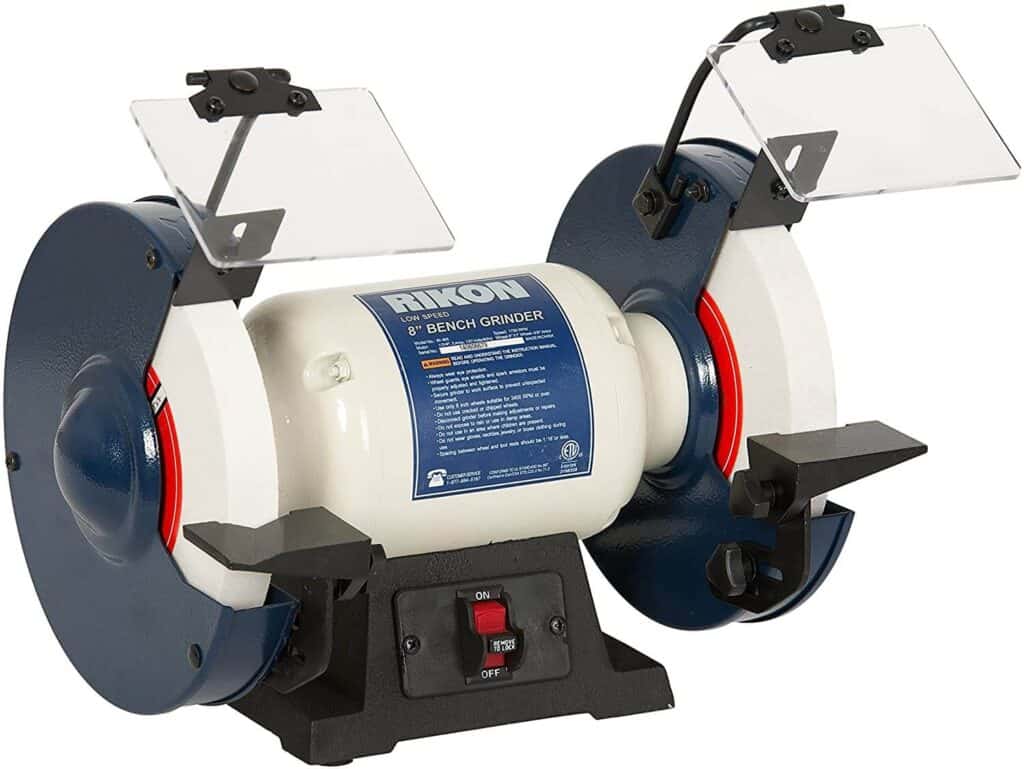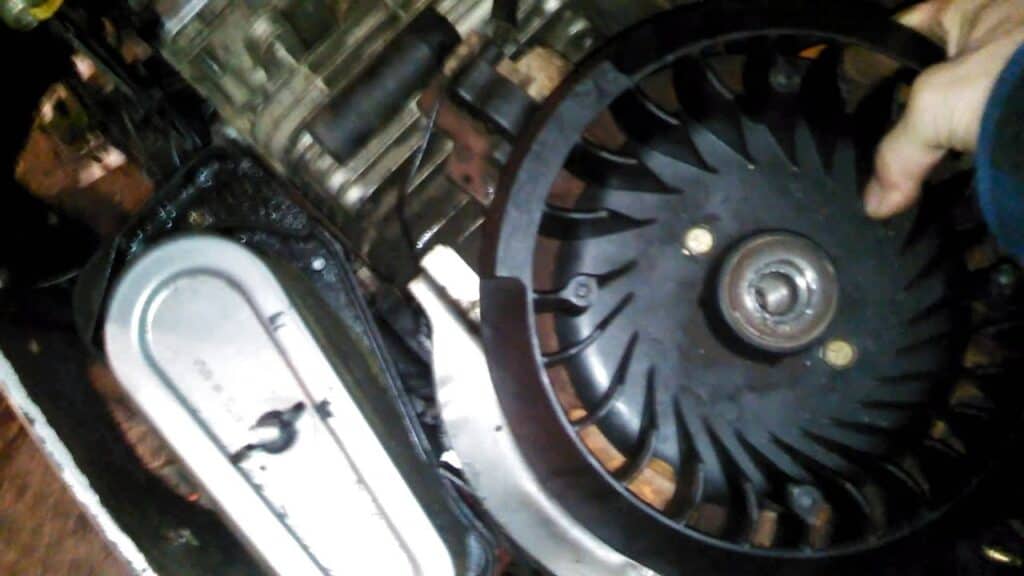Flywheels are mechanical energy storage devices that can be found in motorbikes and automobiles. It is a stationary wheel that requires significant force to rotate. When power is intermittent, flywheels help to provide a constant source of energy. The clutch system serves to transfer power from the engine to the transmission.
Friction is produced when the flywheel comes into contact with the clutch, helping the vehicle to move. Once the lining has worn away, this grip loses its firmness. In this case, the brake pedal should be replaced. All cars have flywheels made of large, sturdy metal disks of up to 15 inches in diameter size. The flywheel is attached to the crankshaft’s backside, between the engine and transmission assembly.
Tools to use in removing a flywheel

Changing your flywheel is a helpful skill, whether you’re simply performing basic servicing on one’s bike or considering a power change. Most automobiles and motorcycles come along with a set of these tools. One can get them from qualified hardware dealers cheaply.
To change the flywheel, you will need the following tools; a single-barrelled air gun, protective goggles, a set of combination socket, flathead and Phillips screwdrivers. You’ll also need a replacement flywheel, a clean piece of cloth, an extension of 3/8 inches and half-inch sockets.
A motorcycle’s flywheel

Traditional flywheels are designed with big and bulky components. Installing these flywheels will cause some riding difficulties on your motorcycle. Flywheels are modified for a wide range of applications. They provide the same usability but have been modified to fit on motorcycles.
The motorcycle’s clutches and gears contribute to the engine’s performance. They enable the cyclist to gain greater control of the bike’s speed, even when the engine is running simultaneously. However, the clutch and the gears are not capable of resolving the wasted energy issue. Thus, the flywheel is a crucial component of a motorcycle.
A general guide on flywheel resurfacing

Resurfacing the flywheel should be done regularly. The resurfacing can be done when one is replacing the bike’s pressure plate or its clutch systems. The flywheel absorbs the heat generated from the general-clutch operation. When the bike’s clutch slips or is subjected to tough conditions, it causes excess heat.
Alternatively, this flywheel may develop bruises and cracks on its surface. To identify damages or when determining the condition of the flywheel, it is essential to inspect your flywheel carefully. Below are ways to go about the resurfacing;
1. Flywheel Grinding

Grinding is the frequently used method of resurfacing flywheels. A grinding machine is required to complete the task effectively. It is vital to ensure that you have the proper equipment for the process. For a stepped flywheel, ensure you keep the appropriate height of the clutch system.
Shave off equal metal amounts on both sides of the flywheel and confirm the measurements using a flywheel depth gauge. A specialized flywheel grinder will help you remove hard spots and leaves a uniform layer to achieve the required flatness. The process takes a very short time, as only a small part of the metal should be ground.
One can use Silicon Carbide when performing wet grinding. To mount the flywheel and correctly position it, the crankshaft flange serves as a mount and a centring device.
2. Flywheel cutting

To initiate the cutting technique, you’ll need a brake lathe. When installing a flywheel, the process needs to be handled with utmost care as it is not a simple task. Though this method yields accurate results, uneven layers remain. The brake lathe can skip over hard spots, and hence individuals prefer cutting off large pieces of the metal.
One needs to know the flywheel cutting technique to use before attempting to resurface the flywheel. Removing too much metal from the clutch will make it not function fully.
Simple and easy steps to follow when removing a flywheel

Any mechanical device can be damaged, and flywheels are no exception. When changing the vehicle’s flywheel with a different one, the resulting power characteristic can be variable. This is how to go about it;
- First, it is vital to ensure that you park your vehicle on a levelled surface. Secondly, you will need to jack your car up at least half a foot off the ground to provide enough space underneath for one to access the flywheel.
- At this point, locate the positive cable in your car’s engine compartment and disconnect it from its terminal on the power supply, which will be a battery.
- Remove the driveshaft and disconnect it from the differential. You can use a wrench to remove the bolts and nuts that keep them in position.
- Set an empty container underneath the meeting point of the two equipment to collect any fluid that flows out. Use a wrench to remove the transmission lines and the speedometer cable.
- At this point, loosen the transmission bolts to detach it and pull it backwards—this is where the flywheel is mounted. Remove the flywheel’s attaching bolts using a wrench. The last step is to replace the flywheel and reinstall the retaining bolts. Connect the transmission back to the transmission housing and ensure that the torque aligns with the flywheel’s hole.
- Reassemble the driveshaft by connecting the joint to the axle connector and tighten the U-bolts.
Flywheel inspection for replacement

Below are the various inspection tips you should check on your flywheel for replacement;
- Examine the crankshaft for cracks, broken fins, and damage and replace it if you find any.
- Examine the keyway and the flywheel for damage. A file can be used to remove minor burrs. Ensure that the flywheel does not have any movements. Replace the key if there are any deformations signs.
Conclusion
Sometimes you may experience troubles when riding your bike, especially when it comes to starting the engine. The bike’s gears or clutches may be the cause of the issues. Thus, there is a need to inspect the gears and the clutch system for any problems.
A ride that isn’t as smooth as usual is a sign that the flywheel needs to be replaced. Follow the above-illustrated steps to fix, remove and replace your flywheel. You can get a professional to guide you on the same if you find the process challenging.
